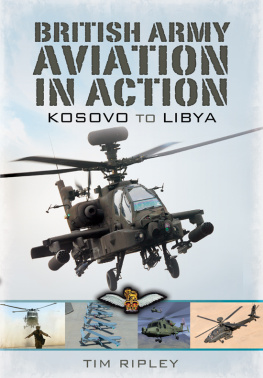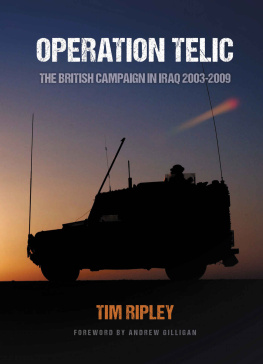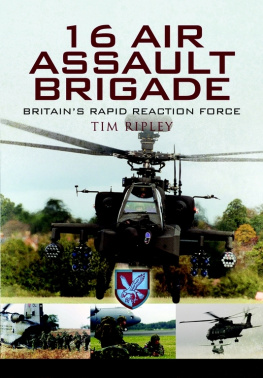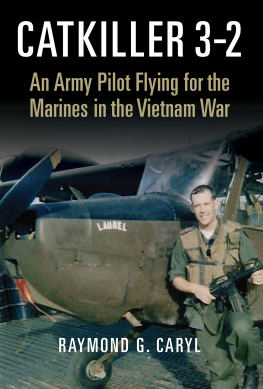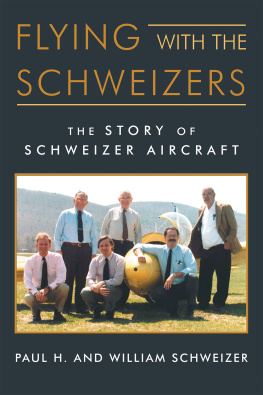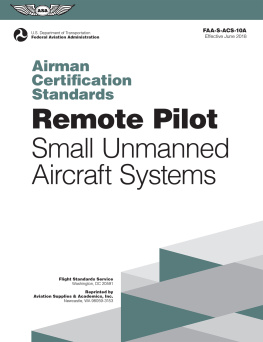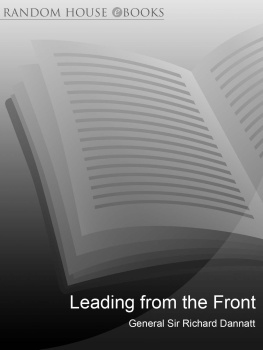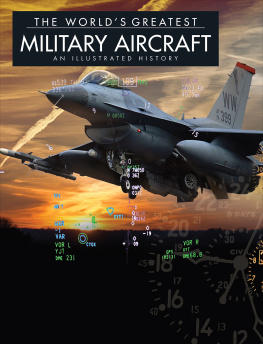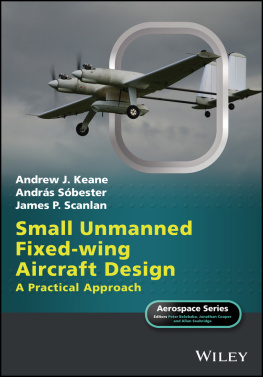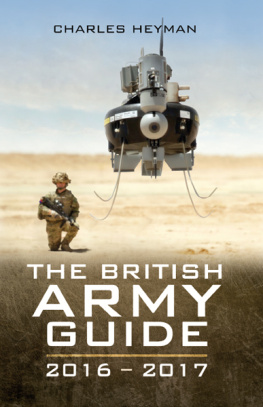

First published in Great Britain in 2011 by
Pen & Sword Military
an imprint of
Pen & Sword Books Ltd
47 Church Street
Barnsley
South Yorkshire
S70 2AS
Copyright Tim Ripley, 2011
ISBN: 978-1-84884-670-8
Digital Edition ISBN: 978-1-78346-139-4
The right of Tim Ripley to be identified as Author of this Work has been asserted by him in accordance with the Copyright, Designs and Patents Act 1988.
A CIP catalogue record for this book is
available from the British Library.
All rights reserved. No part of this book may be reproduced or transmitted in any form or by any means, electronic or mechanical including photocopying, recording or by any information storage and retrieval system, without permission from the Publisher in writing.
Typeset in 11/13pt Palatino by
Concept, Huddersfield, West Yorkshire
Printed and bound by
Printworks International
Pen & Sword Books Ltd incorporates the Imprints of Pen & Sword Aviation, Pen & Sword Family History, Pen & Sword Maritime, Pen & Sword Military, Pen & Sword Discovery, Wharncliffe Local History, Wharncliffe True Crime, Wharncliffe Transport, Pen & Sword Select, Pen & Sword Military Classics, Leo Cooper, The Praetorian Press, Remember When, Seaforth Publishing and Frontline Publishing.
For a complete list of Pen & Sword titles please contact
PEN & SWORD BOOKS LIMITED
47 Church Street, Barnsley, South Yorkshire, S70 2AS, England
E-mail:
Website: www.pen-and-sword.co.uk
This book is dedicated to
Fergus and Joseph Ripley
aspiring helicopter pilots for the
twenty-first century
Notes
F or ease of recognition the place names used throughout are those in general usage in the international media. Many locations in the Balkans, Middle East and Afghanistan have multiple spellings in local languages so confusion often arises.
The ranks attributed to individuals throughout this book are those that were contemporary to the period under discussion, even though many have subsequently been promoted.
Acknowledgements
With thanks to:
This book has only been possible thanks to the help of scores of members of the Army Air Corps, Royal Artillery and other branches of the British Armed Forces who have recounted their experiences or provided assistance to the author on his numerous visits to operational theatres. Many are named below but many others asked to remain anonymous. They know who they are many thanks to you all. Any mistakes are mine alone.
Bosnia 1995: Major Nick Caplin AAC, 664 Squadron, Lieutenant Colonel John Greenhalgh, 3 Regiment AAC
Kosovo 1999: Major Richard Leakey 659 Squadron AAC, Major Rupert Hibbert AAC HQ KFOR, the 22nd Battery Royal Artillery team
Exercise Eagle Strike 2000, 16 Brigade: Brigadier Peter Wall
Kosovo 2000/2001: 22nd and 57th Battery Royal Artillery, 654 Squadron AAC Pristina Detachment
Iraq 2003: Colonel George Butler AAC, 3 Regiment AAC, Captain J Crook, KORBR, 16 Air Assault Brigade, Commander Brian Meakin RN, 849 NAS
Exercise Eagle Strike 2005: Lieutenant Colonel Richard Felton AAC, 9 Regt AAC
Afghanistan 2006, UK TF: Brigadier Ed Butler, Lieutenant Colonel David Reynolds PARA
Exercise Lightening Force 2009:
664 Squadron AAC Captain Rob Gittoes AAC, SSGT Barker AAC, WO2 Craig People REME
AMTAT Colonel Yoni Griffiths Major Alex Godfrey AAC, Captain Charlie Hillman
32 Regiment RA: Lieutenant Colonel Sebastian Heath and his team
9 Regiment AAC 2010: Major Al Stocker AAC, Major Jeremy Fountain, RCAF, Captain Tom Roberts AAC, AQMS Will Watchorn, REME
JHC: Major General Gary Coward AAC
HQ Director Army Aviation: Colonel Paul Beaver AAC
MOD DCC: Lieutenant Colonel Neil Sexton AAC, Squadron Leader Al Green, Lieutenant Colonel John Boyd PARA
Wattisham
Captain Windsor Bailey REME, 4 Regiment Workshop
DE&S AH IPT:
Brigadier Nick Knudsen, AH Integrated Programme Team Leader Air Commodore Doug Whittaker, DE&S Apache Programme Team Leader Colonel David Cooke, Assistant Director Support in the AH IPT Lieutenant Colonel Phil Davies, the Depth Support Manager Wattisham
AgustaWestland: Geoff Russell, Marc Holloran
BAE Systems: Mike Sweeney
GEC-Marconi: Ian Bustin, Richard Coltard
Lockheed Martin UK: Mick Holloran, Phil Rood
Thales UK: Nick Miller, Kathryn Shaw
Media: Patrick Allan
The author has made every effort to trace the copyright owners of all the images but if any are incorrectly attributed this will be corrected in subsequent editions.
Chapter 1
Introduction Army Air in Action
Babaji District, Afghanistan: July 2009
During a hot Afghan night thousands of British, Danish and Afghan troops had driven across miles of desert to their assembly points. Within hours Operation Panthers Claw would start with the aim of surrounding and then clearing hundreds of heavily armed and determined Taliban insurgents from the villages and woods around the run-down town of Babaji. Overhead British Army attack helicopters and unmanned aerial vehicles (UAVs) were flying top cover for the approaching columns of armoured vehicles and scouting ahead gathering intelligence on enemy positions and movements. As the month-long battle unfolded, Army Air Corps (AAC) attack helicopters and Royal Artillery UAVs would play decisive roles in the operation, locating and then striking at insurgent bases and fighting positions
Operation Panthers Claw was the largest British military operation since the 2003 invasion of Iraq involving some 5,000 troops, backed by hundreds of Danish and Afghan allies. The mission of 19 Light Brigade was to push into the Taliban sanctuary around Babaji, between the large towns of Nade-Ali and Gereshk, and capture all the districts main villages. Other troops were to make surprise moves across the desert to set up cordon positions around the district to trap any insurgents that might try to escape the clearance operation led by the 800 troops of the Light Dragoons Battlegroup.
As the initial moves were under way, at the main British base at Camp Bastion maintenance technicians and armourers of 662 Squadron AAC were working to prepare its eight AgustaWestland Apache AH.1 attack helicopters for around-the-clock missions. Boxes of 30mm cannon ammunition, CRV-7 2.75-inch rockets and AGM-114 Hellfire missiles were being stacked next to the landing pads and the squadrons pilots had been rested to allow them to dramatically increase their flying or ops tempo during the assault. Two flights, each comprising a pair of helicopters, were scheduled to be in the air as the first troops of the Light Dragoons crossed their start line the point at which Taliban resistance was expected to be heaviest. Two more Apaches were held back at very high readiness (VHR) at Camp Bastions heli-pad ready to lift at a few minutes notice to react to emergencies. This was most likely to be the close escort of a Royal Air Force Boeing Chinook HC.2 heavylift helicopter containing medics of the immediate reaction team (IRT) to pluck casualties from landing zones close to insurgent positions.
On the other side of Camp Bastion in an apparently nondescript group of air-conditioned pre-fabricated buildings, Royal Artillery imagery analysts were peering at large computer screens showing live video imagery of the battlefields, beamed from Hermes 450 UAVs orbiting high over Babaji. The analysts were not just looking for signs of enemy movement or insurgents planting deadly improvised explosive devices (IEDs) along the Light Dragoons intended line of advance but they were also watching for signs of unusual behaviour among the local population. This so-called pattern of life analysis would tell them if the British had lost the element of surprise and the degree to which the population were helping the Taliban.

